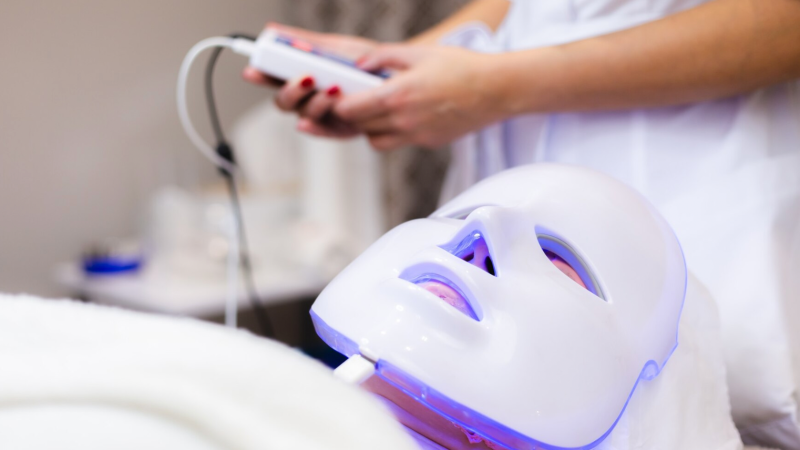The Many Health Benefits Of Massage Therapy
For centuries, society has held massage therapy in high esteem due to its capacity for inducing relaxation, easing muscular tension and boosting general wellness. Massage therapy – far from being merely a decadent luxury – is firmly rooted in scientific principles; research underscores its significant physiological impact on the body. This article probes into the scientific underpinnings of massage therapy by investigating its influence on diverse bodily systems and examining its therapeutic advantages.
The Mechanics of Massage Therapy
Using a variety of techniques such as kneading, compression, stretching and friction; massage therapy actively manipulates soft tissues–including muscles, tendons, ligaments and connective tissue. The aim: to target specific areas of the body for tension alleviation; circulation improvement; and relaxation promotion.
Impact on Muscular System
Massage therapy primarily benefits by relaxing muscles and releasing tension; this is achieved through techniques like effleurage – a gentle stroking motion, and petrissage – kneading or squeezing. These methods aid in the elongation of muscle fibers, break down adhesions to improve blood flow to muscular tissues: an increased circulation that delivers vital oxygen along with nutrients while eliminating metabolic waste products–a process which reduces soreness from overexertion as well promotes swifter recovery following exercise or injury.
Effects on Circulatory System
The circulatory system significantly experiences the effects of massage therapy: The rhythmic pressure exerted during a massage stimulates blood flow; it also dilates blood vessels and improves lymphatic circulation. Consequently–this enhanced circulation promotes tissue healing and regeneration, reduces inflammation, and facilitates the body’s removal of metabolic waste products as well as toxins.
Regulation of the Nervous System
Gentle, soothing massage techniques activate the parasympathetic nervous system: this elicits a relaxation response from the body and reduces stress hormones such as cortisol; consequently, massage therapy profoundly impacts the nervous system–it induces both relaxation and physiological arousal responses. By triggering these specific bodily reactions to touch stimulation – primarily through activating our body’s natural protection mechanism known as fight-or-flight mode—we can experience not only immediate relief from muscular tension but also long-term benefits for maintaining optimal health conditions overall. To put it succinctly: engaging in regular sessions of therapeutic massages is akin to an investment in one’s emotional resilience against external stressors that may otherwise disrupt daily functioning patterns due their cumulative effect over time—a truly proactive approach towards self-care indeed!
Deeper massage techniques–for instance, deep tissue massage or trigger point therapy–can indeed stimulate the sympathetic nervous system: they provoke a “fight or flight” response characterized by heightened heart rate; increased blood pressure and alertness. Although this might appear counterintuitive to relaxation, it actually provides significant benefits: relieving chronic tension is one such advantage, as is breaking up scar tissue and addressing musculoskeletal imbalances.
Psychological Benefits
Massage therapy, in addition to its physiological effects, provides a myriad of psychological benefits: the tactile sensation of human touch triggers an release–endorphins, serotonin and oxytocin; these are neurotransmitters and hormones tied directly to feelings of pleasure, happiness – even bonding. By reducing symptoms associated with depression or anxiety–enhancing mood along the way–this potent cocktail not only fosters connection but also promotes overall well-being.
Therapeutic Applications
Massage therapy’s diverse therapeutic applications across various health conditions and populations underscore the scientific principles that underpin it. Offering a holistic approach to health and wellness, this field complements traditional medical interventions: it manages chronic pain, aids rehabilitation efforts–while simultaneously reducing stress levels for relaxation purposes.
Clinical settings increasingly recognize massage therapy as an adjunctive treatment for various medical conditions: musculoskeletal disorders, chronic pain syndromes, cardiovascular disease and psychological disorders. Research indicates that regular application of this therapy can enhance outcomes in patients receiving treatment for cancer; diabetes; fibromyalgia – along with other chronic ailments.
Training and Education in Massage Therapy
Places like massage therapy schools in Calgary critically train and educate future massage therapists. These institutions offer comprehensive programs encompassing anatomy, physiology, pathology; they delve into massage techniques, ethics and business management. Through supervised clinical practice – where students acquire hands-on skills – coupled with classroom instruction to gain theoretical knowledge: these form the educational framework of a promising masseuse or masseur’s career.
The importance of professionalism, ethical conduct, and client-centered care receives emphasis at massage therapy schools. Accredited programs enable graduates to qualify for certification exams; they can then secure licensure in their respective states. Throughout their careers, continuous education and professional development opportunities expand the skill set of massage therapists while also keeping them updated on field advancements.
Conclusion
The scientific foundation of massage therapy presents compelling evidence for its effectiveness and therapeutic advantages. As we comprehend the physiological mechanisms that massage employs on our bodies, a deeper understanding emerges regarding its contribution to health promotion, healing enhancement and overall well-being improvement. Regardless if utilized for relaxation or pain relief; stress management or rehabilitation – all instances embody an approach rooted in holism where mind-body-spirit interconnectedness is addressed through this versatile modality: massage therapy. Scientific research, persistently validating the effectiveness of massage therapy, confirms its value as a tool to enhance quality of life and optimize health at all stages across the lifespan.






